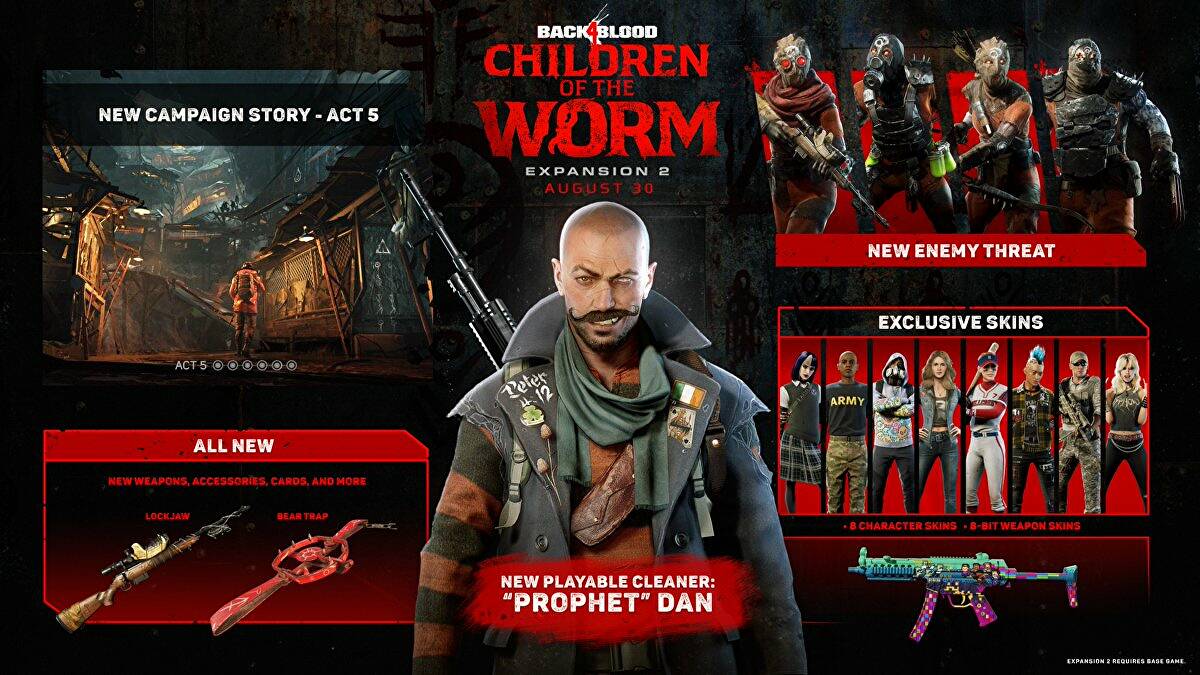
At one point in recent history, it felt as though just about every major industry player on the planet had a live service game either online or in development. In 2019, the most profitable games were Fortnite and PUBG, with over $5bn in revenue between them. Respawn and EA released Apex Legends that February, which would itself go on to make billions. BioWare was on the cusp of releasing Anthem, its much-anticipated online multiplayer epic that contained a number of live-service features.
February 2023, by contrast, provided a sobering reminder of how difficult the games-as-service market can be. Within just a few days, it was announced that such live service games as Back 4 Blood, Apex Legends Mobile, Knockout City and Crimefight – to name but a few – were either to lose developer support or close down entirely over the coming months. Only a few days earlier, in late January, publisher Square Enix announced that its superhero live service effort, Marvel’s Avengers, will be winding down over the course of the year, with new content ending in March and the game as a whole set to vanish from digital stores in September.

Back 4 Blood – soon to be gone for good. Credit: Warner Bros. Games
Given Marvel’s ongoing domination of modern pop culture, the closure of Marvel’s Avengers in such a short space of time (it was initially launched in 2020) might come as a surprise – doubly so when we consider that one of the key concepts of the live service game is its longevity. On paper, they’re supposed to provide players with years of entertainment, with ongoing seasons of fresh content, unlockable items, and new reasons for us to part with real-world cash.
Certainly, the most popular live service games provide some proof that the formula works. Fortnite and PUBG were both released in 2019, but are still making billions in revenue and still get plenty of attention online – this graphic published by GamesIndustry.biz shows that five of the ten most-watched game trailers in 2022 were all related to Fortnite.
Increasingly, however, the gulf between the best-performing live service games and everything else appears to be growing. In other words, if you aren’t PUBG, Fortnite, or Apex Legends (estimated earnings since 2019: $2bn), then you’re going to have a hard time finding a dedicated, long-term audience. Just look at Anthem: despite a huge budget and BioWare’s formidable reputation, its critical reception was tepid, and its user base rapidly dwindled. Plans for a comprehensive overhaul of Anthem were dropped in 2021.

There are a few reasons why the market is such a difficult one to crack. The first is that these are difficult, expensive games to design and maintain. Constantly providing new missions, skins, characters and other reasons for players to keep playing takes time and personnel – which is fine if you have an audience numbering the millions, steadily topping up your game’s coffers with in-game purchases. If your audience is dwindling, the cost of continued development becomes ever more difficult to justify.
This naturally leads to the second problem: time. Games like Fortnite are intended to swallow up as much leisure time as a typical player can throw at it, as they compete in matches and grind for XP or V-Bucks. Regular content drops – in Fornite’s case, Seasons – keep players hooked on one particular game, discouraging them from drifting to competing experiences. Then there are the players who login to their favourite online game just to socialise.
All of this means that even players with acres of spare time could likely only have room for one or two live service games in their lives. They might dip into a new one to see if it’s for them or not (particularly if it’s free-to-play) but will quickly drift away again if it fails to capture their interest. Couple all this with 2023’s increasingly grim economic outlook, with the cost of just about everything going up, and you’re left with a perfect storm of rising development overheads and players with less disposable income to spend on things like skins and loot boxes.
This in turn helps explain the mass live service cull we saw in early February: too many competing online experiences, and too few players with time and money to spare.
From a creative standpoint, the closure of these games represents a sad loss. We can only guess how much time and effort from scores of artists, designers and programmers went into each of these games, and many others that might still be currently running, but are clinging on by a thread. Worse still, live service games have a tendency to vanish once they shut down, so barring an intervention from dedicated archivists, they’re at risk of being lost forever.
What’s the future for live service games? Sony is heavily invested in the business model, with The Last of Us, Horizon and Twisted Metal being among the properties getting the treatment in the future. The likes of Fortnite, PUBG, Rocket League and Apex Legends continue to rake in millions for their respective publishers. But for companies that don’t have millions to invest in developing them, live service games are beginning to look like an increasingly risky proposition.
